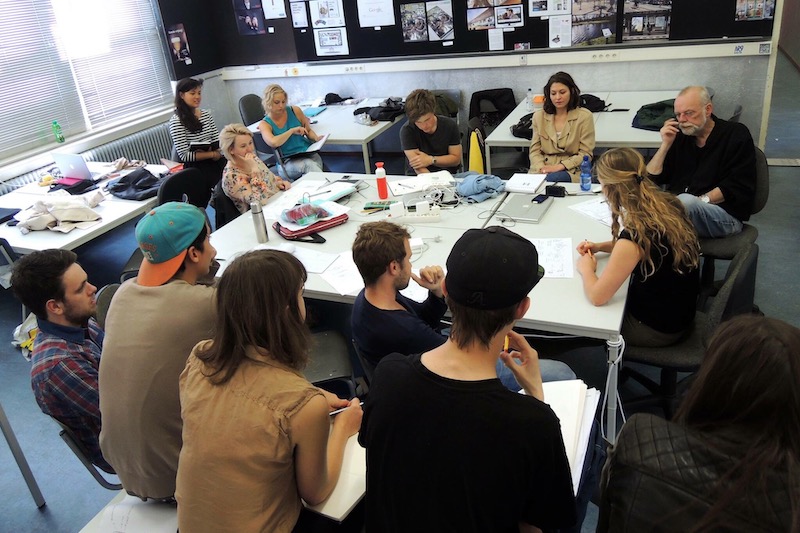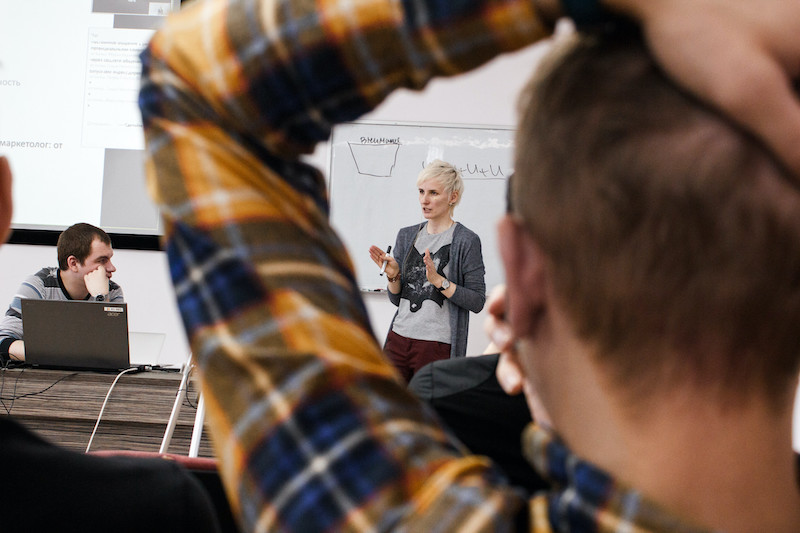Information Processing Requirements is about the time needed to solve a challenge and the amount of knowledge to be acquired.
The time needed to solve a challenge can range from several hours to several months. It is good to consider the expected time, both when solving challenges in a teacher design team and in the classroom.
Framing the challenge in a different way can alter the time needed to increase feasibility.
For instance, when solving the design challenge worked out on card 17, concerning lowering the ecological foot print of Kinder eggs, you could frame it differently by focusing only optimizing shape and packaging for transport, making it more of a mathematics challenge and reducing the information processing requirements.
When framing the question to focus on the materials and production methods used, about which your pupils probably do not know a lot yet, you increase information processing requirements.














